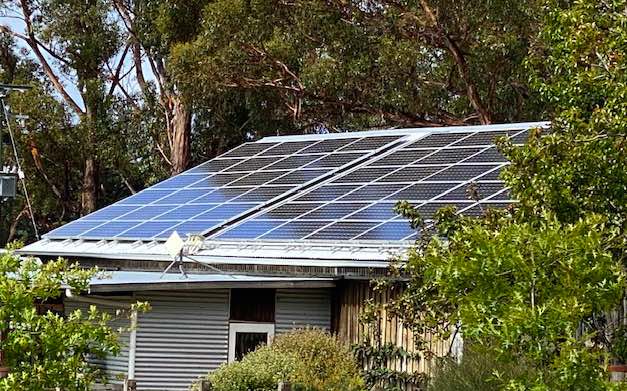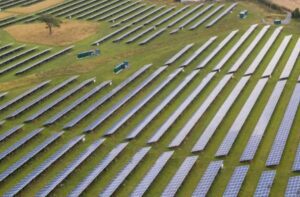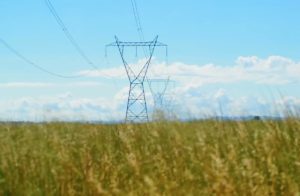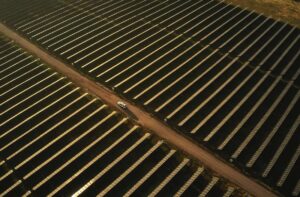The trial, which was flagged last October, will begin in a few weeks time in eight suburbs in the south of Adelaide, where rooftop solar penetration is nearing 50 per cent.
Residents in these suburbs who looking to install rooftop solar for the first time will be given a choice of a fixed 1.5kW export limit, or be allowed to export up to 10kW, on the condition that South Australian Power Networks has ability to control and reduce exports when needed.
SAPN insists that any such controls would occur rarely, at most two per cent of the time.
The move is one of many ground-breaking – and in some cases heavily contested – initiatives designed to exert some level of control over rooftop solar, which in states such as South Australia and Western Australia has already become the biggest generation source in their grids.
The Australian Energy Market Operator has predicted that this spring, sometime in the next few months, rooftop solar could account for 100 per cent of the state’s demand – a world first for a gigawatt scale grid, but one that presents a challenge for operator in maintaining grid security.
South Australia last year introduced new inverter standards, and other protocols, that allows AEMO to instruct SAPN and other parties to “switch off” solar to ensure that there is sufficient “minimum demand” to keep the grid stable.
This has already been implemented at least once, and usually will only occur when there is a risk of a network outage, which would leave South Australia’s grid as an effective “island” and create more challenges to maintain security.
However, this is considered a short term move, and may not be needed once a new interconnector is built to NSW, and AEMO is already looking at smarter and more sophisticated options.
Another initiative is the controversial “solar tax”, where networks may be able to charge a per kilowatt hour fee for exports, nominally to ensure that money is spent by the networks to ensure there is enough capacity in the grid.
This, however, will not be introduced for a few years, and it is not clear where, or how, these new tariffs will be delivered. These appear to be more more about seeking to change the pattern of behaviour of solar owners, and provide incentives to shift loads to the daytime and to adopt battery storage.
SAPN says that its new flexible exports option will be available from September 23, and will replace the current system of a fixed limit of 5kW per phase. (Some states have regions where there is a zero export limit).
The initial trial will be in areas served by the Sheidow Park substation, including parts of Hallett Cove, Sheidow Park, Trott Park, Reynella, Old Reynella, Reynella East, O’Halloran Hill and Happy Valley.
The proposal will not affect existing solar customers, or those connecting or upgrading systems in other parts of the network.
“We are in the early stages of this new technology, and Flexible Exports is a world-first that will help us accommodate more solar on our network,” said Mark Vincent, the head of strategy and transformation at SAPN.
“Based on network conditions experienced over the past 12 months, the flexible option would allow customers the opportunity to export 10kW for 98% of the time.
SAPN says more than 46% of households in the targeted area have solar and the local network is reaching its limit to support more solar connections at the current fixed export limit of 5kW. But it says the network is congested at rare times (e.g. mild sunny days in spring).
“We expect that once we have proven the technology and assessed the customer experience that this will become a standard offer for new solar customers in South Australia from mid-2022,” Vincent said.
“It is part of our plan to double the amount of solar that we can accommodate on our network by 2025.”
South Australia currently has around 1.7GW of small scale rooftop solar, and is adding to the capacity at a rate of at least 250MW a year.
Flexible exports are likely to be a feature across the grid, as AEMO and network owners look to innovative ways to marshall and orchestrate behind the meter resources – such as rooftop solar, batteries and electric vehicles – that are likely to account for up to 50 per cent of total generation in coming decades.
Queensland has also been trialling flexible exports at the commercial scale, targeting business customers who might otherwise be put off by the threat of low or zero export limits for what are quite large solar arrays.
Ausnet has also been conducting trials in Victoria, also partly funded by the Australian Renewable Energy Agency, and Western Australia is also looking at the technology.
The partners for SAPN include inverter suppliers Fronius and SMA, along with SwitchDin that is providing communication options, and SolarEdge and others are also expected to sign up.
See also: Flexible exports: It looks like the future of rooftop solar for households








